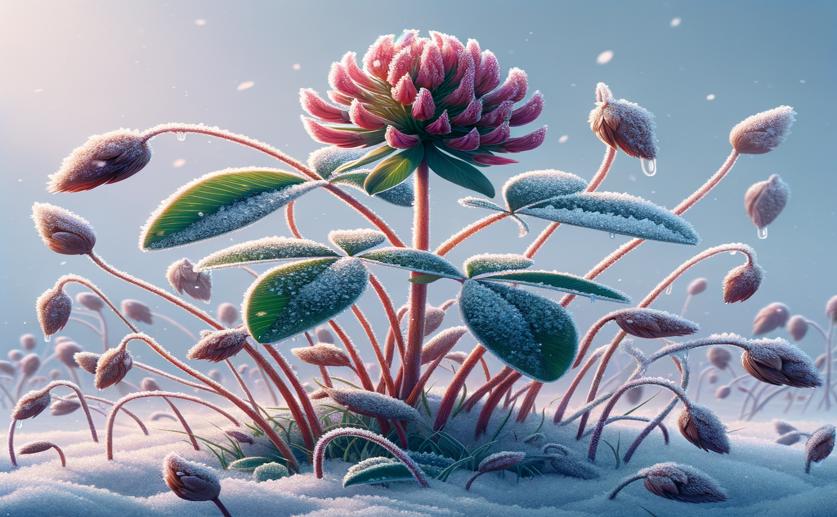
How Red Clover Survives Winter: Understanding Stress Interactions
Greg Howard
29th May, 2024

Image Source: Natural Science News, 2024
Key Findings
- The study, conducted by the Norwegian University of Life Sciences, focused on red clover's response to winter stresses like cold, clover rot infection, and freezing
- Cold acclimation helps red clover resist multiple winter stresses, but combined stresses still significantly reduce plant growth and survival
- Freezing stress before clover rot infection greatly increases plant susceptibility, highlighting the need for breeding strategies that enhance resistance to multiple stresses
AgricultureEnvironmentPlant Science
References
Main Study
1) Winter survival in red clover: experimental evidence for interactions among stresses
Published 28th May, 2024
https://doi.org/10.1186/s12870-024-05167-5
Related Studies
2) Differences and commonalities of plant responses to single and combined stresses.
3) Physiological and molecular changes in plants grown at low temperatures.
4) Plant responses to multifactorial stress combination.
5) Every cloud has a silver lining: how abiotic stresses affect gene expression in plant-pathogen interactions.



 15th May, 2024 | Jim Crocker
15th May, 2024 | Jim Crocker